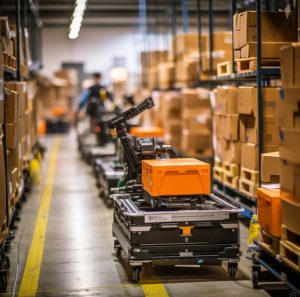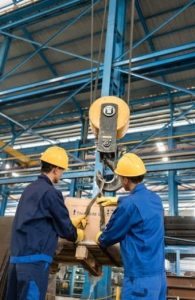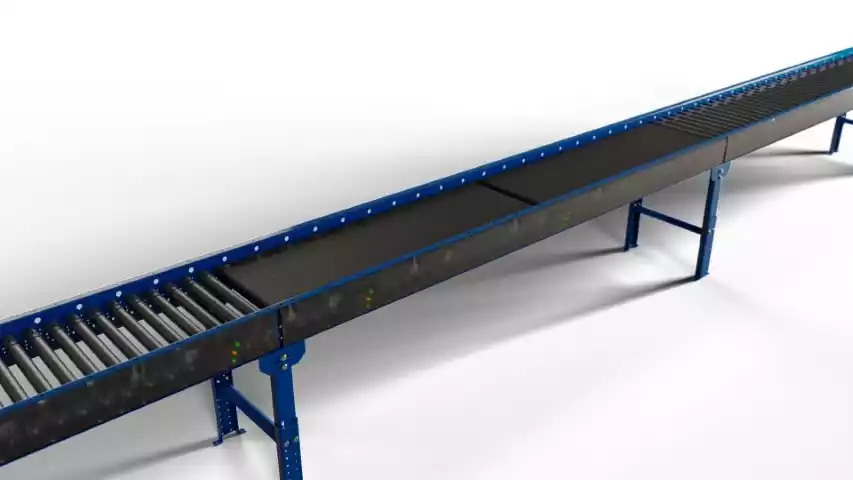As technology continues to advance, the future of automated warehouses looks even brighter, with several exciting trends poised to reshape the industry.
Artificial Intelligence: Artificial intelligence (AI) is set to play an increasingly vital role in optimizing warehouse operations. Advanced algorithms will enable robots to learn from their environments, significantly improving picking and sorting accuracy. This capability allows for more efficient use of space and resources.
Additionally, AI will aid in predicting demand and managing inventory levels, ensuring that stock is replenished just in time. By analyzing data trends, AI can help companies make smarter decisions, enhancing overall efficiency in warehousing.
IoT Integration: The Internet of Things (IoT) will revolutionize how warehouses operate by connecting every component—from conveyor systems to robotic units. This interconnected network will provide real-time data that enables managers to monitor operations remotely and make data-driven adjustments on the fly. For instance, IoT devices can track the movement of goods using barcode scanners, ensuring accurate inventory management and minimizing errors. By creating a cohesive ecosystem, IoT will further streamline processes and improve productivity across the board.
Collaborative Robots (Cobots): Collaborative robots, or cobots, are designed to work alongside human workers, and their presence in warehouses is expected to grow. These versatile robots can handle complex tasks that require both automation and human judgment, such as sorting fragile items or managing inventory in tight spaces.
By sharing the workload, cobots enhance productivity and allow human workers to focus on more strategic tasks that require critical thinking and creativity. This collaboration not only improves overall efficiency in warehousing but also fosters a safer work environment by taking on repetitive or strenuous tasks.
Together, these trends represent a significant leap forward in automated technology, driving efficiency and productivity to new heights in the warehousing sector. As companies continue to embrace these innovations, they will be better equipped to meet the challenges of a rapidly evolving marketplace.










